Why Deadlifts Are Awesome & How To Do Them Without Hurting Your Back
Last weekend I was pulling weeds in my yard. As I bent down to pick weed after weed, I realized that I was basically doing a deadlift every single time. This instantly got me excited about gardening, because as much as I hate pulling weeds, I LOVE me a deadlift. I realize that my idea of “fun” might be different than most. But what can I say?
Deadlifts are awesome.
I love them because:
- They make me feel strong and powerful.
- They are a movement that many of us are already doing in our daily lives whether we realize it or not.
- They are a building block for many kettlebell skills and kettlebells are my FAVORITE fitness tool.
- The hip hinge is a sadly misunderstood functional movement that I want to help more people understand.
I’m often surprised at how many of my students and clients are unfamiliar with deadlifts. But just because squats usually win the popularity contest for favorite exercise doesn’t mean that deadlifts aren’t cool too! I get it. A lot of people (fitness professionals too) shy away from them because they fear lower back pain. The ironic thing is, learning how to safely do a deadlift can actually help prevent back injuries in the future. So let’s break it down!
What is a deadlift?
As I mentioned above, the deadlift is a hip hinge movement. If you are new to strength training, its easy to confuse it with a squat, but they are actually quite different. In a deadlift you flex at your hip joint, slightly bend your knees, and keep your spine long and neutral as you bend forward. I like to describe this as making a crease at your hips and sending your butt backwards. Then, you reach down and grab the object you want to lift. Depending on your experience and where you are, this could be a weed in your garden, a bag of dog food, a kettlebell, or a barbell.
What is it good for?
A deadlift is a pulling exercise that works your whole body. It primarily targets your glutes, hamstrings, and back, but also involves your quads, inner thighs, and core. When you learn to do it with good form, it helps you avoid back injuries. Especially those ones that sneak up on you when you’re doing things like working in the yard or helping somebody move.
How do I do it?
If you prefer to learn via video, check out the one I posted below. Otherwise here are 3 easy steps to master the deadlift.
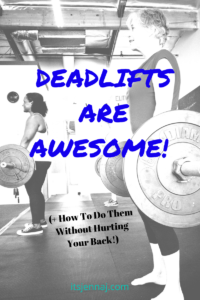
1. Drill it unloaded
Grab a broomstick, dowel rod, or PVC pipe and position it along your back. Hold onto it in the natural curves of your spine, near your lower back and neck. Let it connect at 3 points: your head, your mid/upper back, and your sacrum (just above your tailbone). Flex at your hips and push them backwards. As you lean your torso forward, maintain connection of the rod at those 3 points. Practice this hip hinge movement a few times until you feel confident.
2. Try It with a light weight
A kettlebell is one of my favorite deadlift tools, especially for beginners. If you aren’t at the gym, you can practice with just about anything you might pick up around the house. I used a watering can in my backyard the other day! Place the kettlebell in between your feet, not in front of them. Repeat the hip hinge movement you practiced in step 1 and reach down to grab the kettlebell. Activate your lats by trying to rip the kettlebell handle apart, and squeeze your armpits in. Keep your elbows straight and take a breath in. Then exhale strongly with a “tsssss” and stand straight up. Contract your abs, your glutes, and your quads at the top. Carefully place the kettlebell down between your feet and repeat.
3. Make it work for you
Can’t reach the kettlebell without rounding your spine? Elevate it by placing it on a small box, some barbell plates, or any other appropriate item. I used yoga blocks in my video. Want to make it more challenging? Increase the weight or perform more reps. Ready to switch it up? Barbells are awesome and can make you feel like a bada$$ but require some slight differences in technique. A few sessions with a trainer can help a lot with this, especially if you want to start lifting heavy.
A few more things:
You may notice me (and some others) lifting barefoot or in flat soled shoes like Converse. Ever wonder why? It helps you feel the floor better, which ultimately helps you to access more strength, power, and balance.
What’s the deal with the breathing? Is it important? Sure is! As awkward as it can sometimes feel to audibly breathe, matching your breath to your movement and exhaling on the way up from the ground can help you find more power and strength, as well as work more efficiently.
Finally, please remember that if you’re struggling with compulsive exercise, the best thing for you right now might be to take some time away from structured movement like this. Check in with yourself to make sure you’re doing what’s right for you, and know that sometimes the best self-care is to let yourself take a rest day!
Yay deadlifts!
If you haven’t already, check out this quick video and practice your deadlift along with me. Then you can add this amazing functional movement to your workout routine AND keep it in mind next time you go to pick something up.
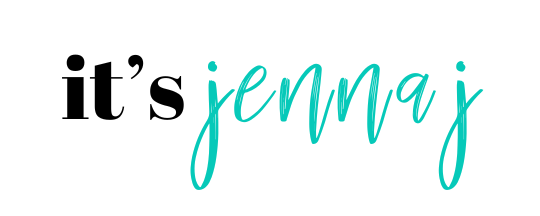
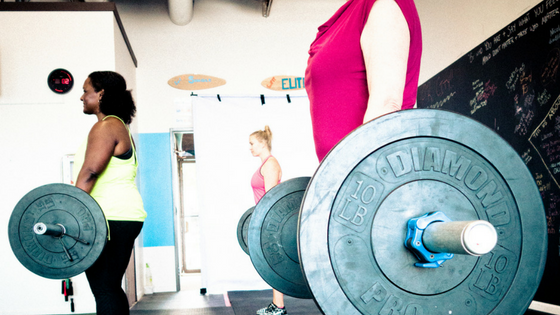
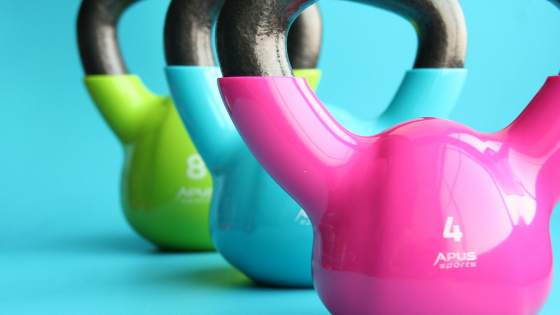
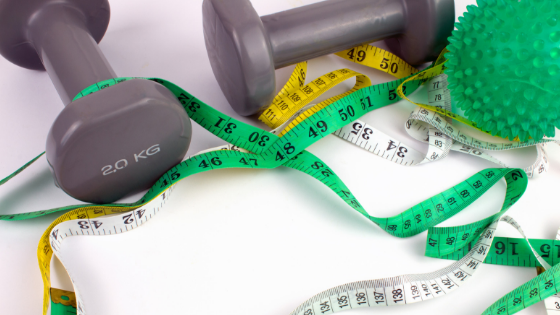
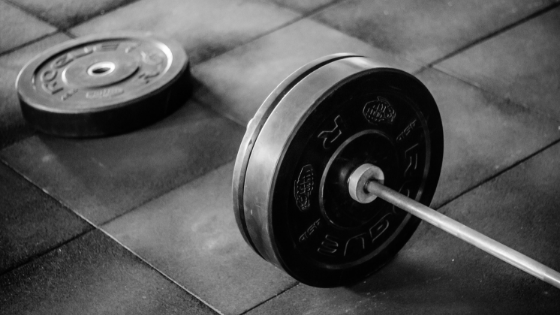

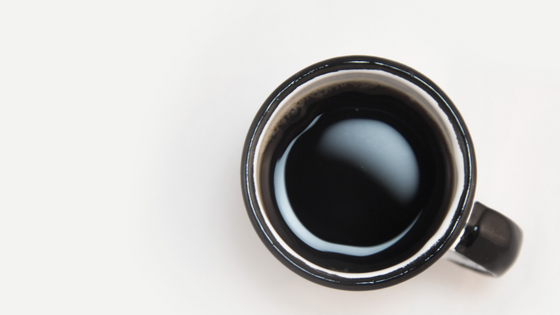
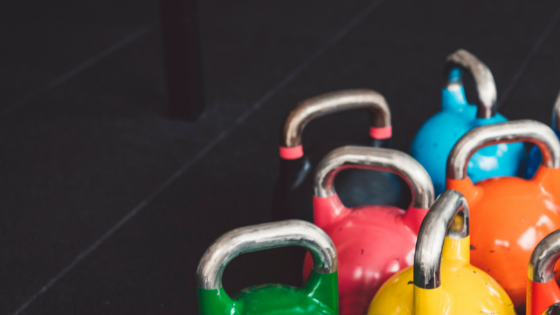
” Kettle Balls ” sounds more fun. I am never calling them kettlebells again 🙂
Thank you for a great explenation. I’ve definitely done deadlifts incorrectly once or twice before and then gave up on them.
Hahaha Inna! I’m glad this helped you. I hope you think fondly of me next time you pick something off the ground or call a kettlebell a kettle-ball. 😉